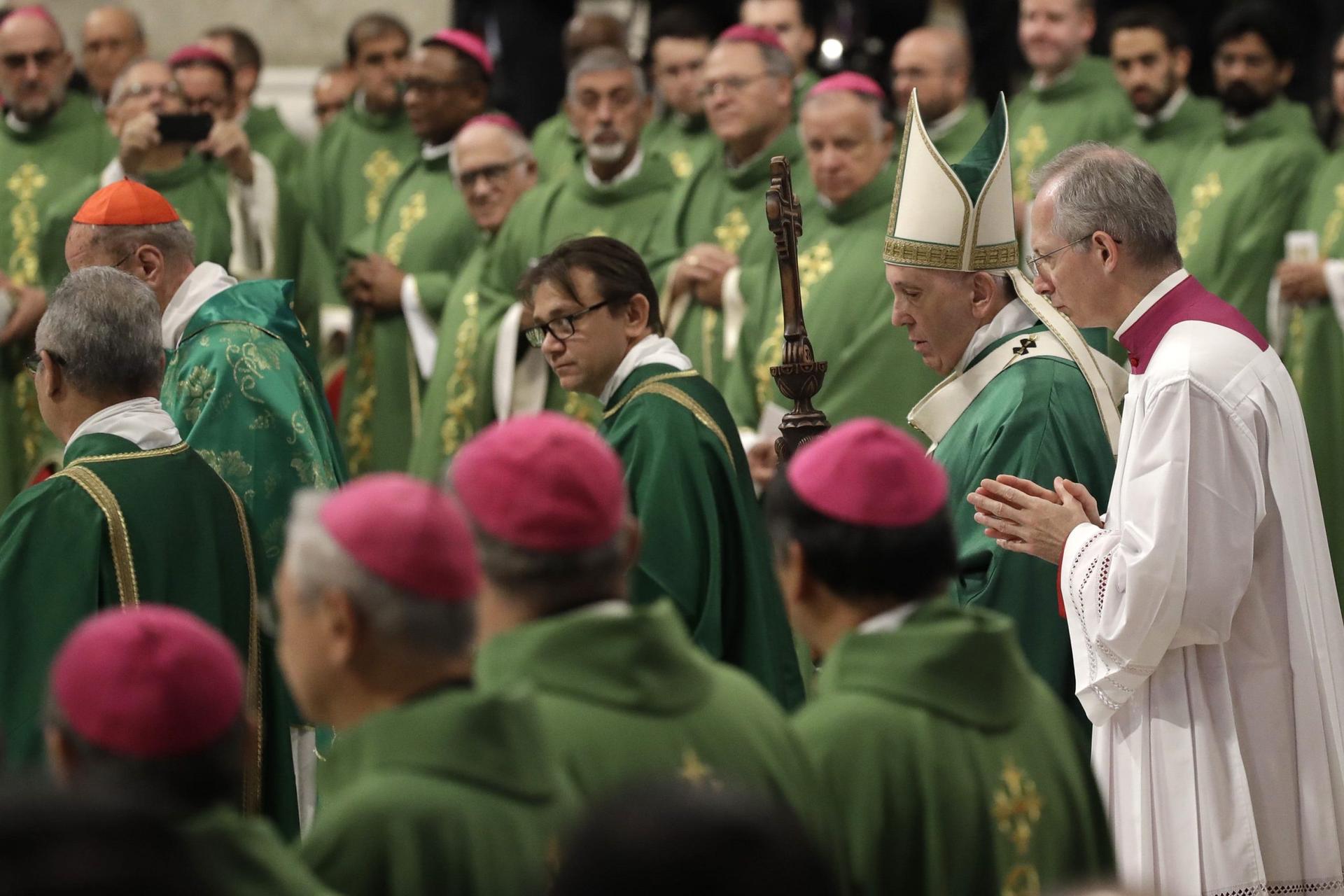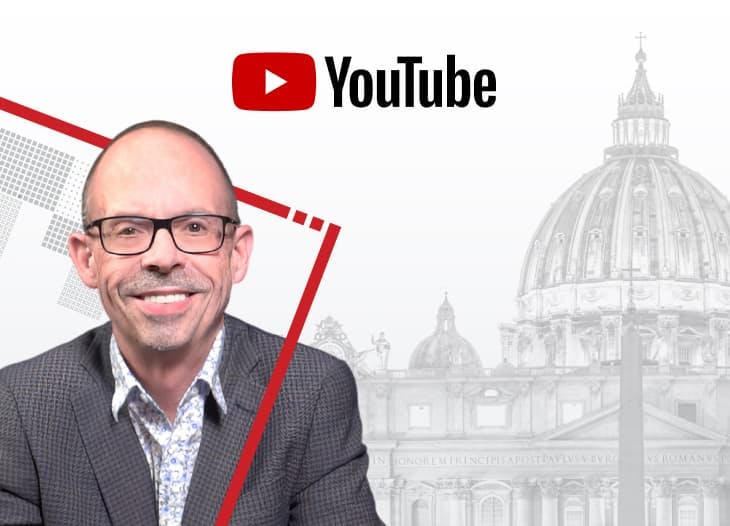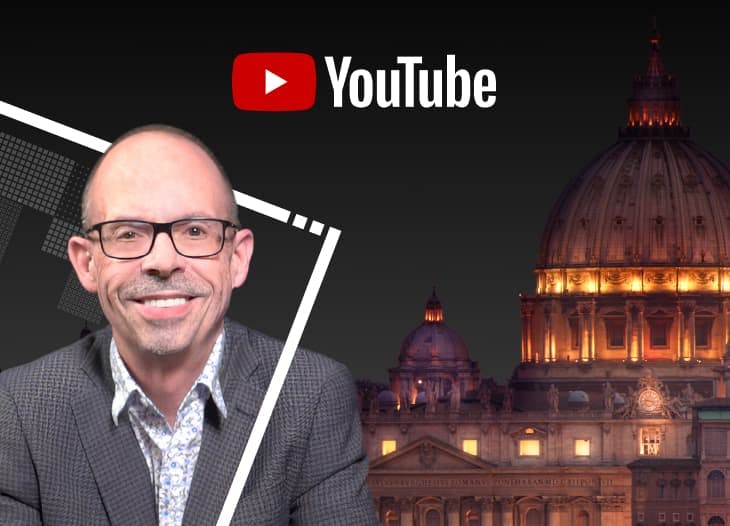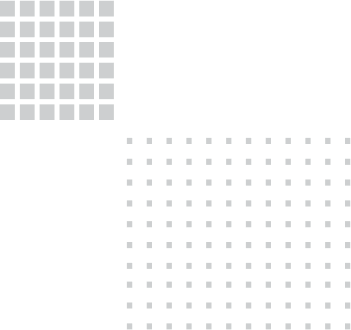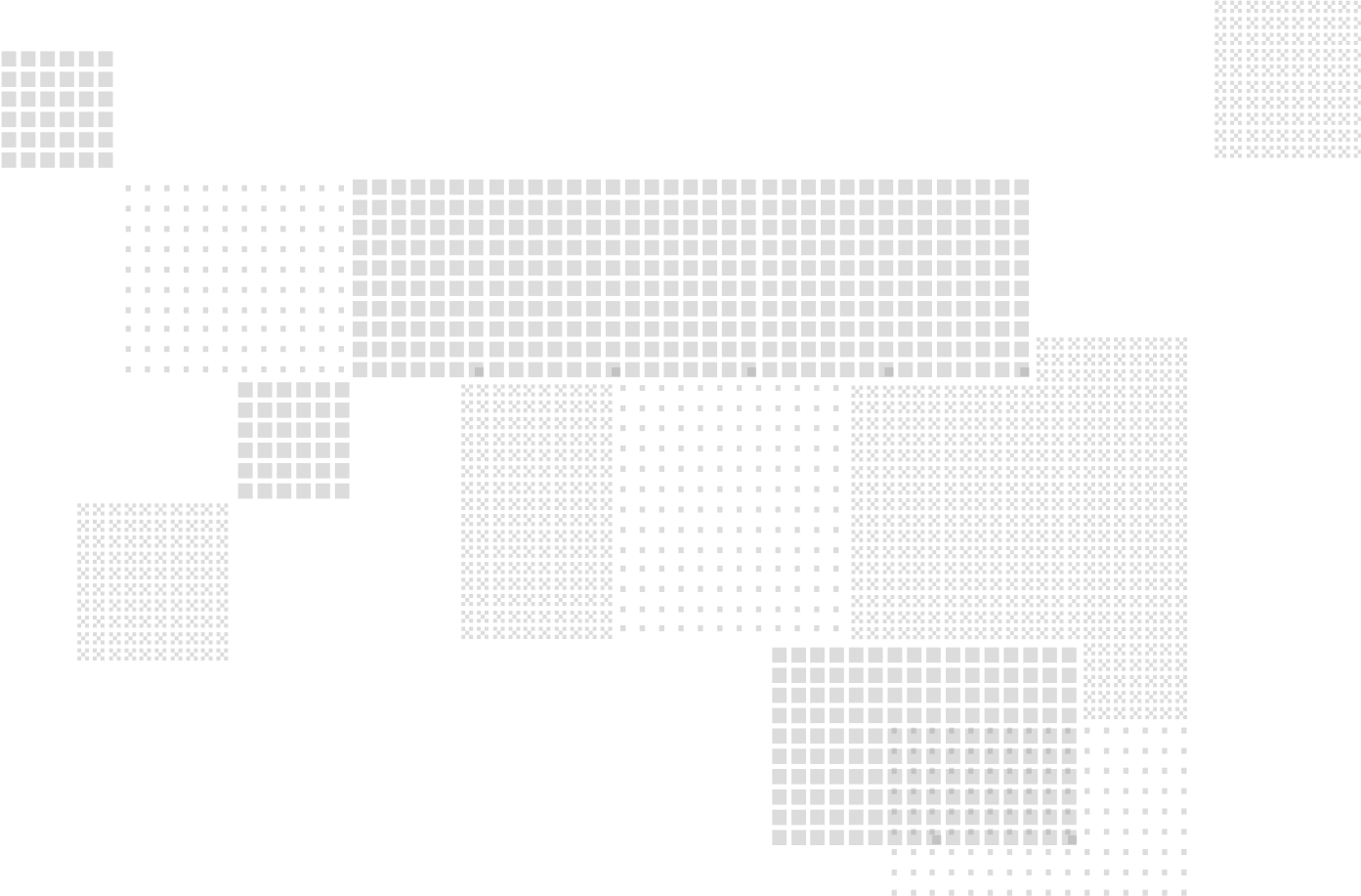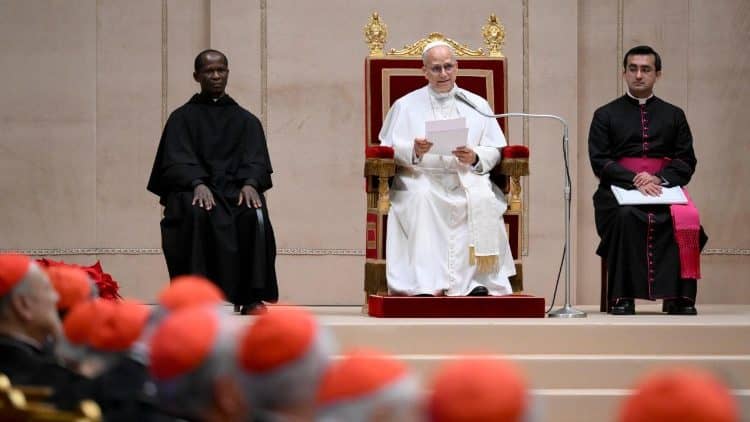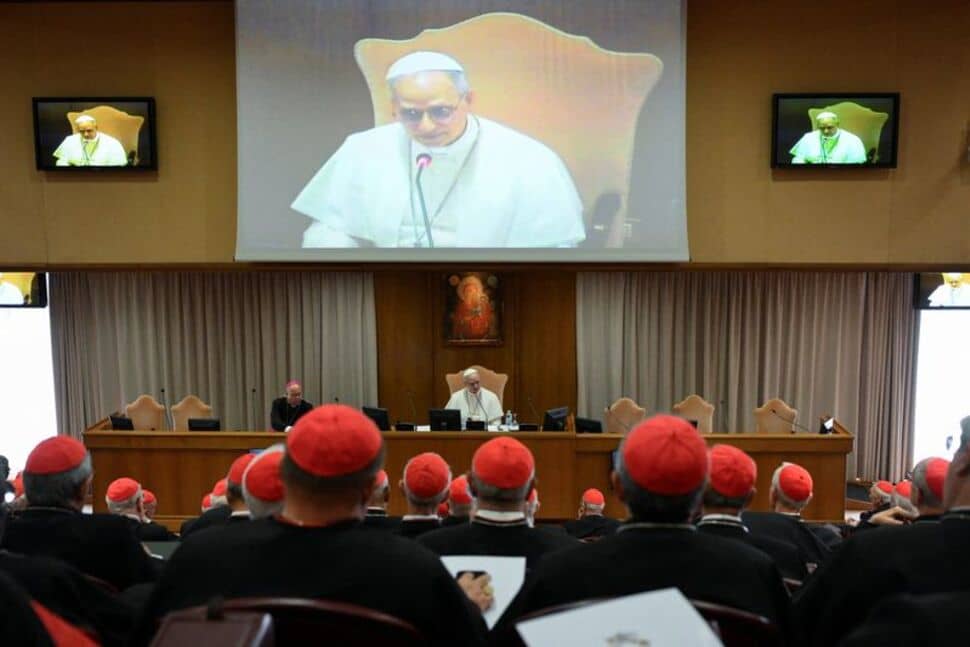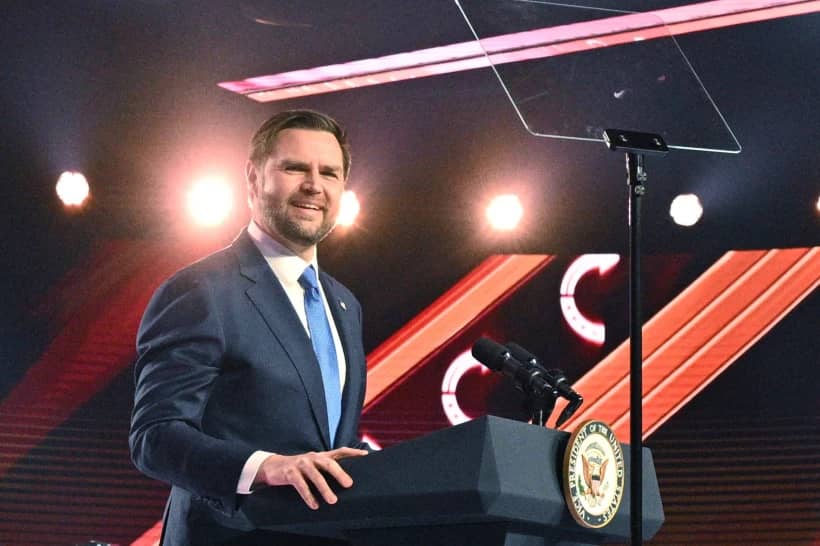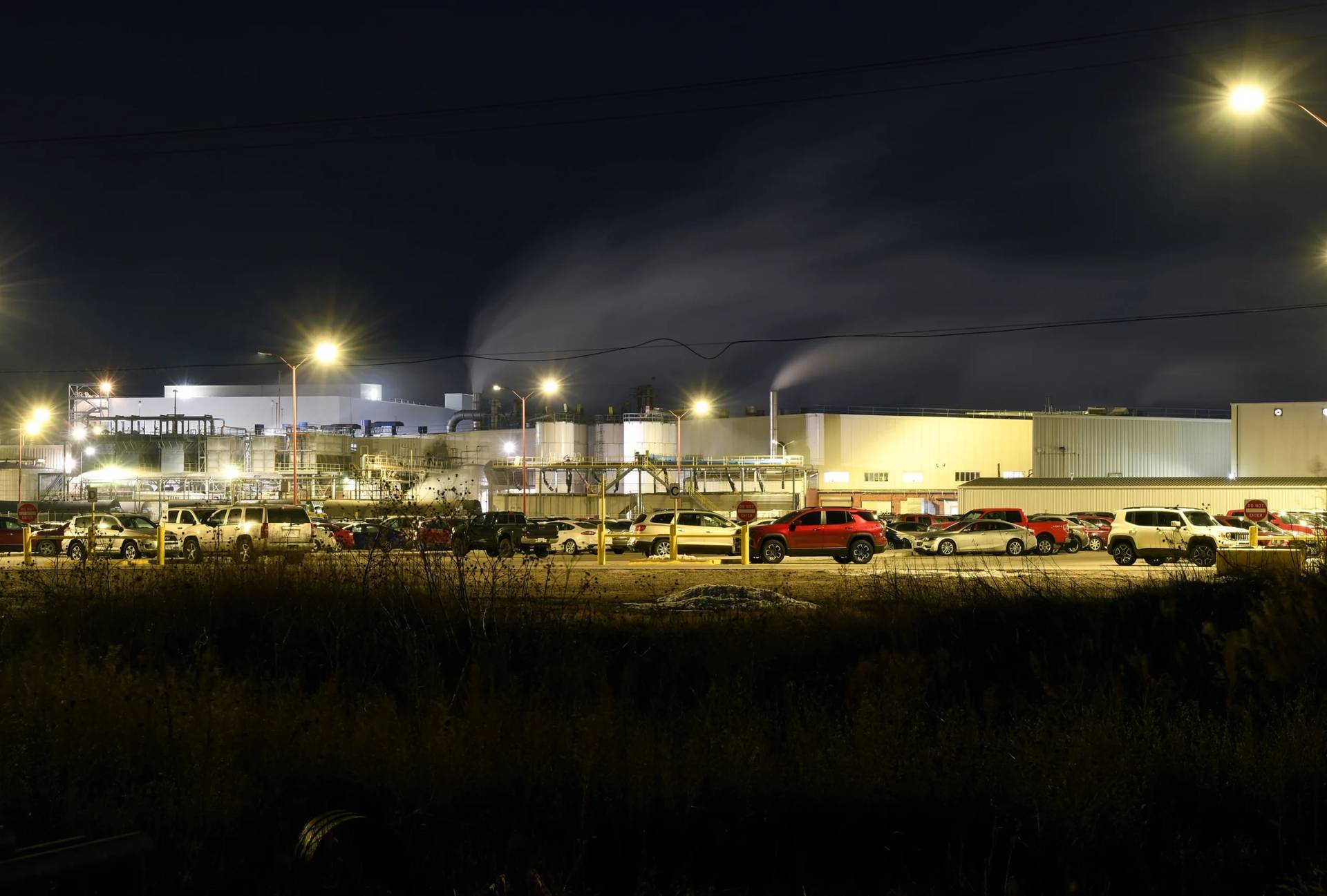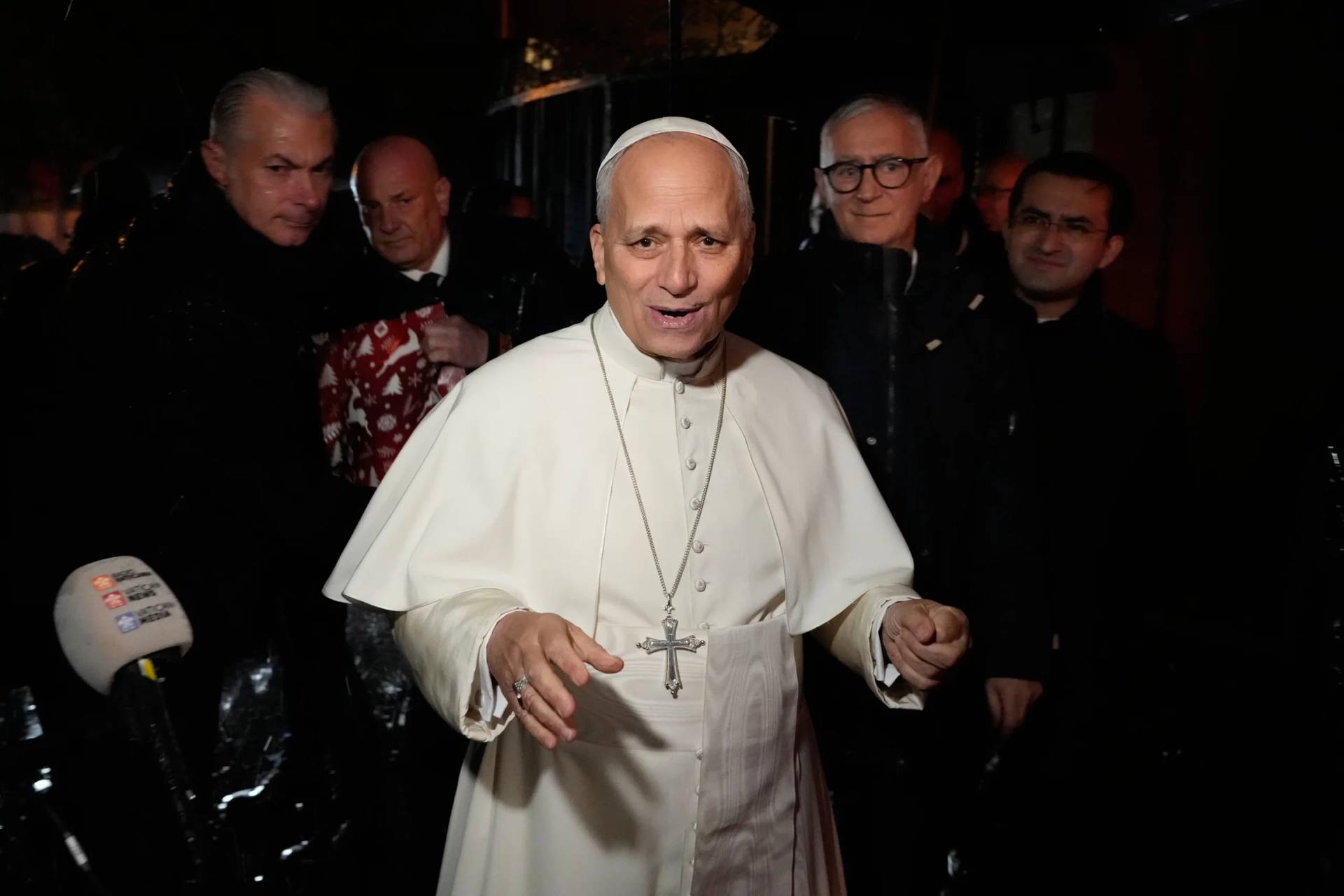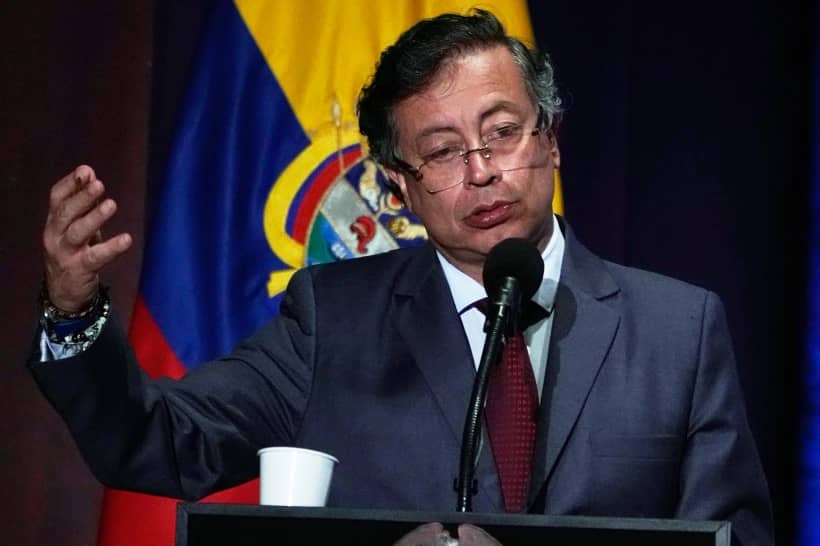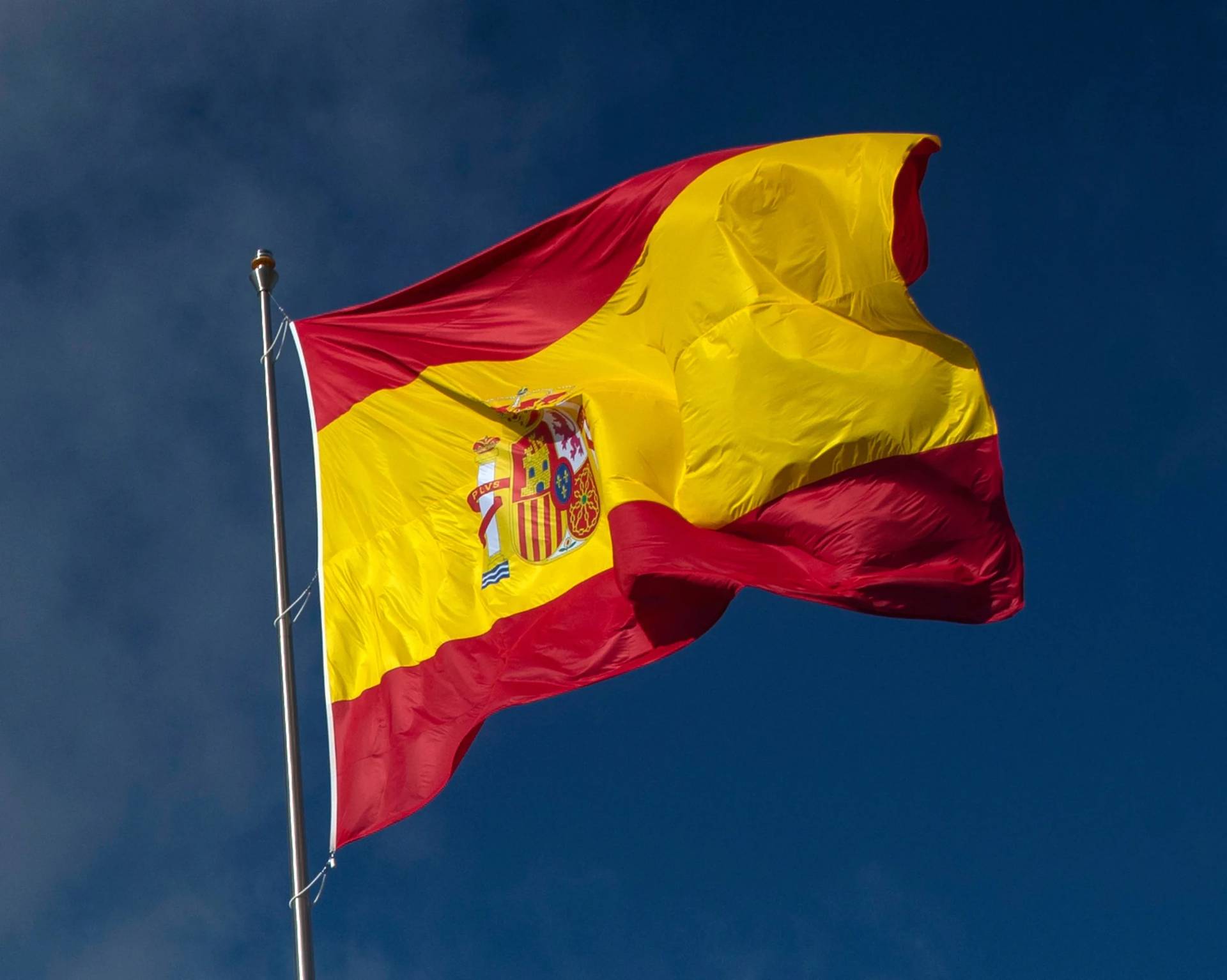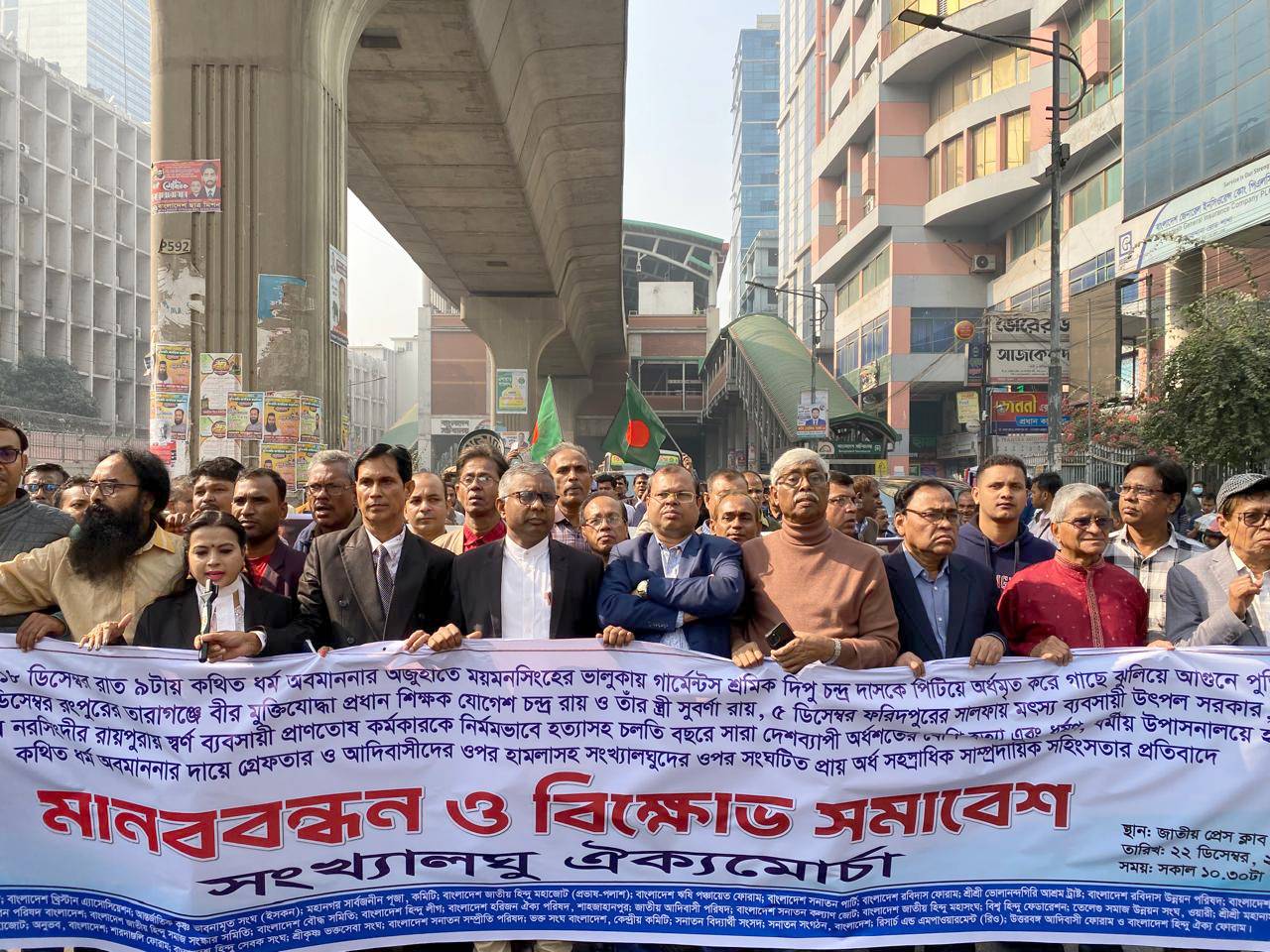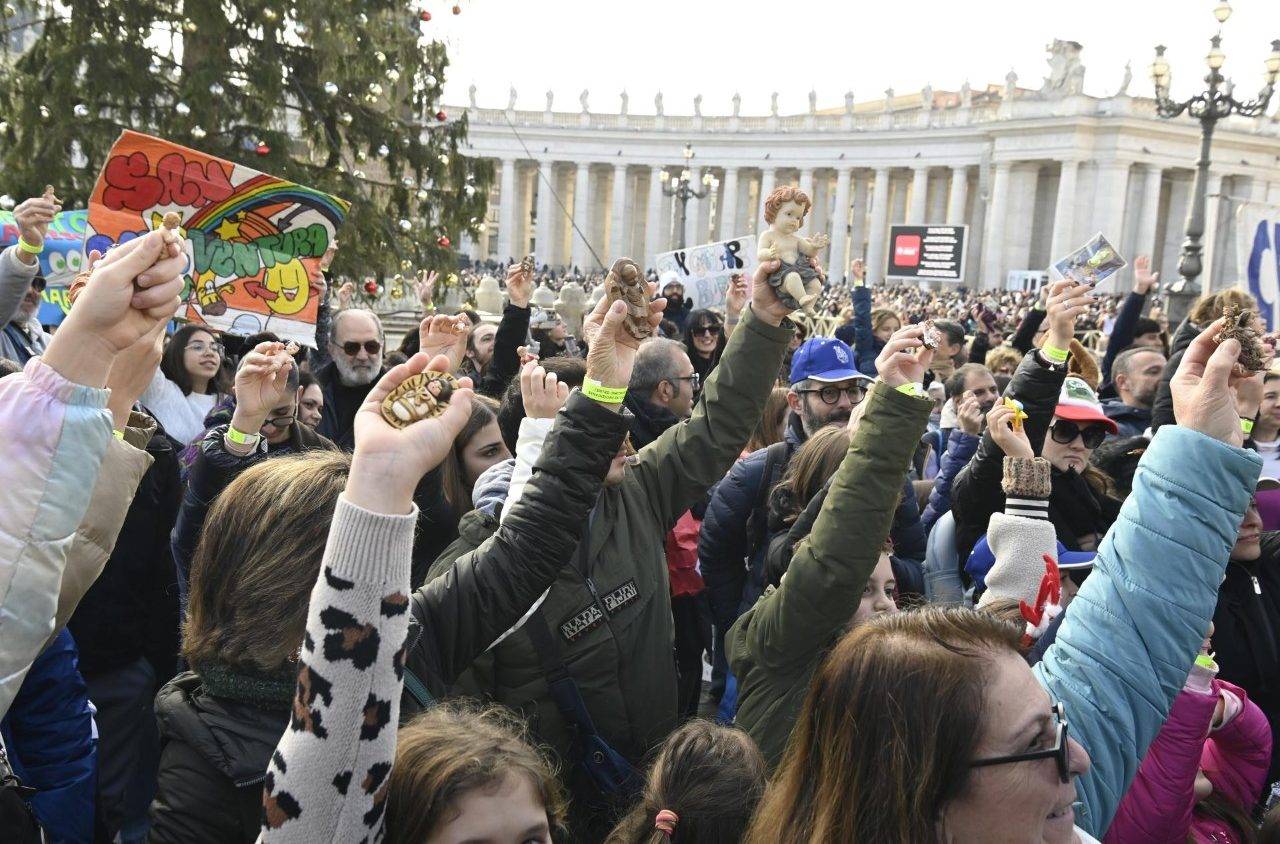ROME – Last Friday, Pope Francis rolled back what some considered his predecessor’s olive branch to traditionalist Catholics by severely restricting celebration of the old Latin Mass. The move essentially reversed a liberalization of the older rite decreed by Pope emeritus Benedict XVI in 2007.
When announcing their decisions, both popes said they had been made hoping to promote unity in the Church, with Francis arguing that Benedict’s reform had become a source of division and been exploited by Catholics who dispute the Second Vatican Council from the mid-1960s. In Francis’s case, he also said the decision was based on a wide consultation with the world’s bishops.
The Congregation for the Doctrine of the Faith, the Vatican’s doctrinal watchdog agency, sent a questionnaire, at the pope’s request, to bishops’ conferences last year. Crux obtained a copy of the survey, titled “consultation of bishops on the application of the motu proprio Summorum Pontificum.”
The survey contained nine questions:
- What is the situation in your diocese with respect to the extraordinary form of the Roman Rite?
- If the extraordinary form is practiced there, does it respond to a true pastoral need or is it promoted by a single priest?
- In your opinion, are there positive or negative aspects of the use of the extraordinary form?
- Are the norms and conditions established by Summorum Pontificum respected?
- Does it occur to you that, in your diocese, the ordinary form has adopted elements of the extraordinary form?
- For the celebration of the Mass, do you use the Missal promulgated by Pope John XXIII in 1962?
- Besides the celebration of the Mass in the extraordinary form, are there other celebrations (for example Baptism, Confirmation, Marriage, Penance, Unction of the sick, Ordination, Divine Office, Easter Triduum, funeral rites) according to the liturgical books prior to Vatican Council II?
- Has the motu proprio Summorum Pontificum had an influence on the life of seminaries (the seminary of diocese) and others formation houses?
- Thirteen years after the motu proprio Summorum Pontificum, what is your advice about the extraordinary form of the Roman Rite?
After consulting some 20 prelates from the five corners of the world, Crux found that each bishops’ conference received the questionnaire and decided on their own how to implement it. In some countries, such as Chile, archbishops received it but not ordinary bishops. In neighboring Argentina, every bishop received it but many didn’t answer because there’s no significant presence of priests and faithful who favor the Tridentine Mass in their area.
In the United States, the questionnaire was reportedly sent to every bishop, though at least one “didn’t recall” receiving it, and if he did, he said he didn’t respond. In Australia every diocese received it, but in Europe and in Africa its distribution seems to have been more uneven.
To date, the Vatican has not revealed exactly how many bishops around the world actually received the survey, and, of that number, how many chose to respond.
John Lavenburg and Paulina Gudziak contributed to this report. Follow Inés San Martín on Twitter: @inesanma
